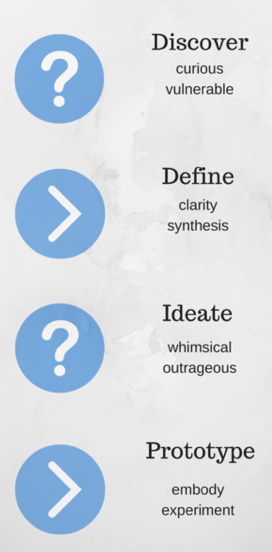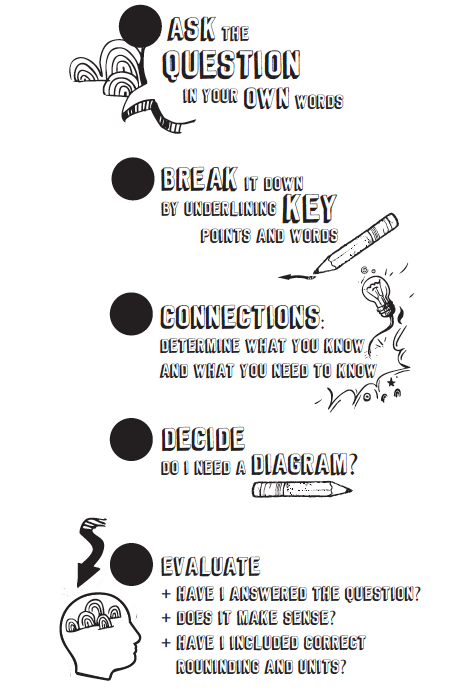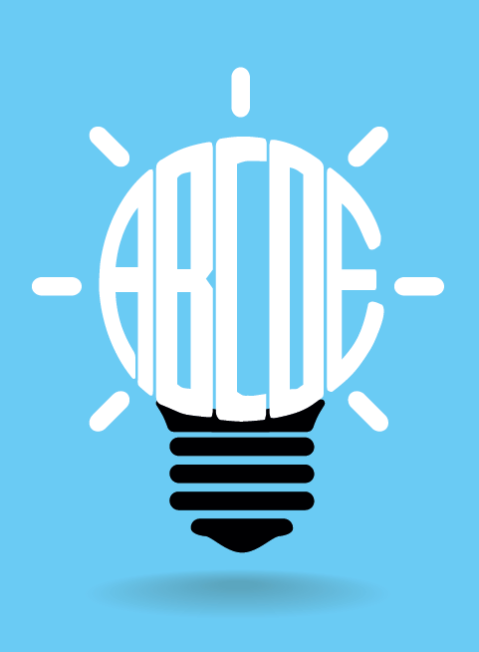A problem solving routine for mathematics
December 13, 2016 § 2 Comments
Our team wanted to develop a problem solving strategy which allowed students of all ability levels to make progress in solving problems. The intent was to find a method which could be useful for most topics of high school mathematics, but it could also be useful for other subjects. In order to implement this project effectively it was important that each team member had input into each part of the process so that the final product was co-created.
So what is a thinking routine and who can benefit from using a thinking routine?
Some of the team attended a great session with Mark Church and he highlighted some of the foundational aspects of thinking routines. The purpose of any thinking routine is to generate ‘thinking’ which students might not ordinarily consider.
Team process
In order for this routine to effective we developed it as a team using the design engage methodology which is based on design thinking. This allowed us to explore the steps of empathy, values, vision and desired behaviours in order to define the problem and develop solutions.
We eventually opted for a problem solving routine which is useful for students in standardised tests, as well as regular classroom problem solving questions. The final routine is also generic which allows for its used with other subjects.
We justified each of the steps in the following ways:
Ask the question in your own words – There was a habit that students were forming where they would ask for help before making meaning of the words and phrases within a question. We wanted to push back to the students so that questions that they posed from the original question were richer and had great purpose.
Break it down – By identifying key items, numbers or words and then underlining or highlighting the same meant that students minimised transcription errors and were able to refer to important information quickly.
Connections – If a student can identify which part/s of their previous learning can connect with the current question then a process of elimination can help in identifying a strategy, starting point or next step. Muir, Beswick and Williamson (2008) note that ‘Problem solvers must be able to connect their own knowledge representation and the problem situation at hand and the extent to which they are able to do this, in turn, impacts on their success with solving the problem.’
Decide, do I need to draw a diagram? – There are some topics within mathematics where questions can be answered without the aid of a diagram however there are some topics where a diagram can play a helpful role in developing thinking and understanding. Should the student consider constructing a table, a 2 or 3 dimensional representation or a sketch? Van Garderen and Scheuermann (2015) state that students should receive explicit teaching on how to construct diagrams so that the process is meaningful.
Evaluate – Does the student’s response actually answer the question that has been asked? Does this answer make sense? Would a part time worker at a bakery be expected to earn $54 000 per week? Too often students answer questions that have note been asked so this step allows for students to go back to their underlined/highlighted elements and ensure that the question has been answered.
Feedback conversations with students
With the use of our thinking routine we are finding that conversations with students are occuring on multiple levels. Firstly, teachers are providing feedback on conceptual and procedural understanding, and secondly, students receive feedback on how they have applied the thinking routine.
We have used a logo and then printed the logo onto pens in order to have students consider the routine and remind them of its use. The research on problem solving categories of students show that many operate as novices or beginners and the hope is that this routine will push them towards the expert end of the problem solving scale.
Could this routine work in other classrooms?
What improvements to the routine can you identify?
Muir, T., Beswick, K., & Williamson, J. (2008). “I’m not very good at solving problems”: An exploration of students’ problem solving behaviours. The Journal of Mathematical Behavior, 27(3), 228-241.
van Garderen, D., & Scheuermann, A. (2014). Diagramming word problems: A strategic approach for instruction. Intervention in School and Clinic, 50(5), 282-290.


